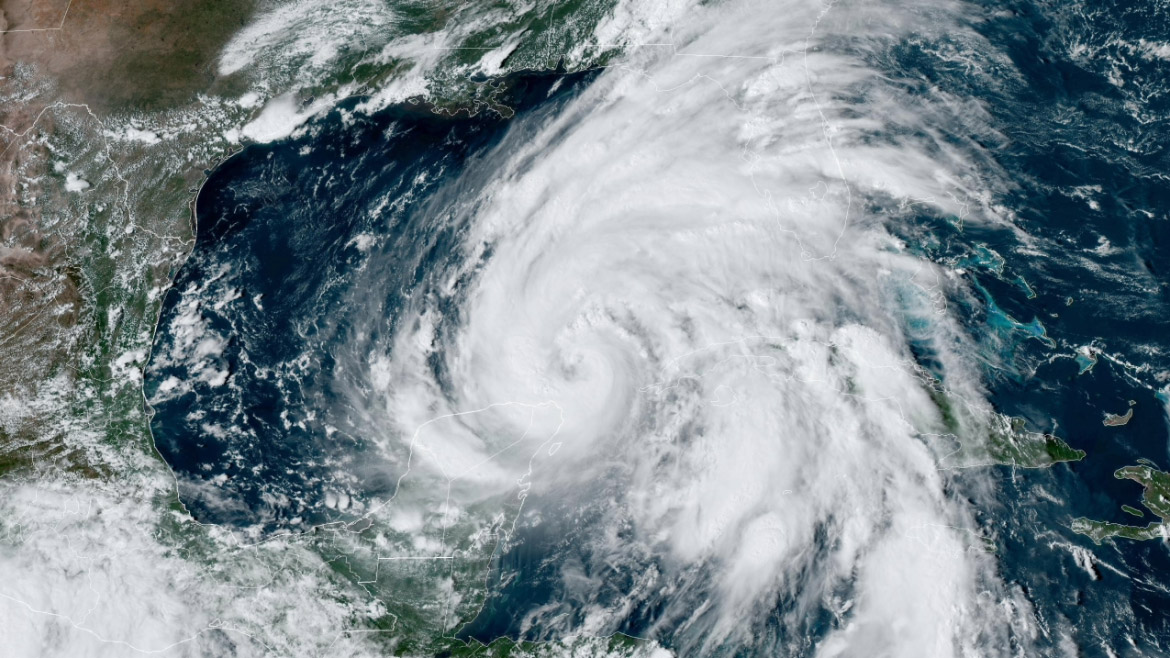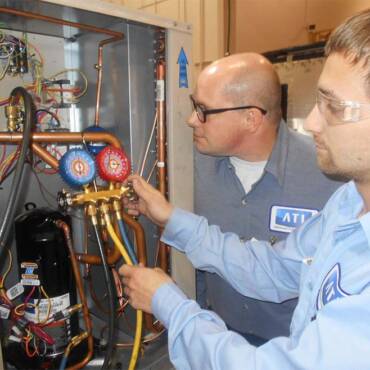The recent hurricanes in the Southeast have only increased mine and others growing concerns over the reliability of the power infrastructure in the United States. In speaking with former utility company employees and hearing from engineers on an engineering website, the primary cause of power outages are the high winds accompanying a strong storm or hurricane.
These winds cause trees to fall on power lines or flying debris to damage or bring down power lines. Another cause of failure are power lines which are blown into contact with adjacent power lines due to the lack of adequate power line spacers. To minimize some of these occurrences, trees in close proximity to power lines would have to be regularly trimmed back, spacers would have to be installed at regular intervals on high power transmission lines, and more lines would have to be installed below grade.
All these items have a significant and sometimes a reoccurring cost impact that the utility companies, or more accurately the customers of the utility companies, are not willing to absorb. One would have thought that our present power infrastructure could handle gusts of 60, 70 or even 80 MPH as occurred recently in the Southeast, but apparently that is beyond what the power lines are designed to handle.
Unless there are significant changes to the power infrastructure, we can expect the same results as we recently experienced whenever there is a similar weather event. So how does this scenario fit with the increasing electrification of the United States?
The United States is beginning to follow other countries around the world to decrease our dependency on oil and gas. With oil and gas supplies expected to last only another 50 years based upon current consumption rates and all known reserves, electrification is not an option but a guaranteed path forward. Many argue that we just have not discovered all the possible reserves of gas and oil but according to the vast majority of experts in this field, that is just wishful thinking.
As the recent storm passed through the Southeast, those who needed to get out for various reasons had to drive 30 or 40 miles to get groceries, gas for generators, go to a friend’s home to take a shower, or just to go out to eat a hot meal. We had numerous neighbors running their vehicles in order to charge their phones. With electrification, more and more of our lives eventually will depend upon a reliable electric utility. How is the electric infrastructure going to change so that are lives are not even more adversely impacted when faced with similar events in the future?
What can be done to improve the reliability of our electric grid? It seems that more and more people’s lives are impacted each time we have a major storm. At least we have some means of still getting around in our gasoline powered vehicles when power is lost. These vehicles, at some point, will start to disappear and then what options do we have when stranded at home with no power for an extended period of time? Even getting out to get food will be a dauting task. And is there anyone out there even looking at how to make our power grid more reliable? Doesn’t look like much has been done to improve the infrastructure in the past 25 years and, unfortunately, don’t expect much to change in the next 25 years.
Whether you require installation, repair, or maintenance, our technicians will assist you with top-quality service at any time of the day or night. Take comfort in knowing your indoor air quality is the best it can be with MOE heating & cooling services Ontario's solution for heating, air conditioning, and ventilation that’s cooler than the rest.
Contact us to schedule a visit. Our qualified team of technicians, are always ready to help you and guide you for heating and cooling issues. Weather you want to replace an old furnace or install a brand new air conditioner, we are here to help you. Our main office is at Kitchener but we can service most of Ontario's cities
Source link



